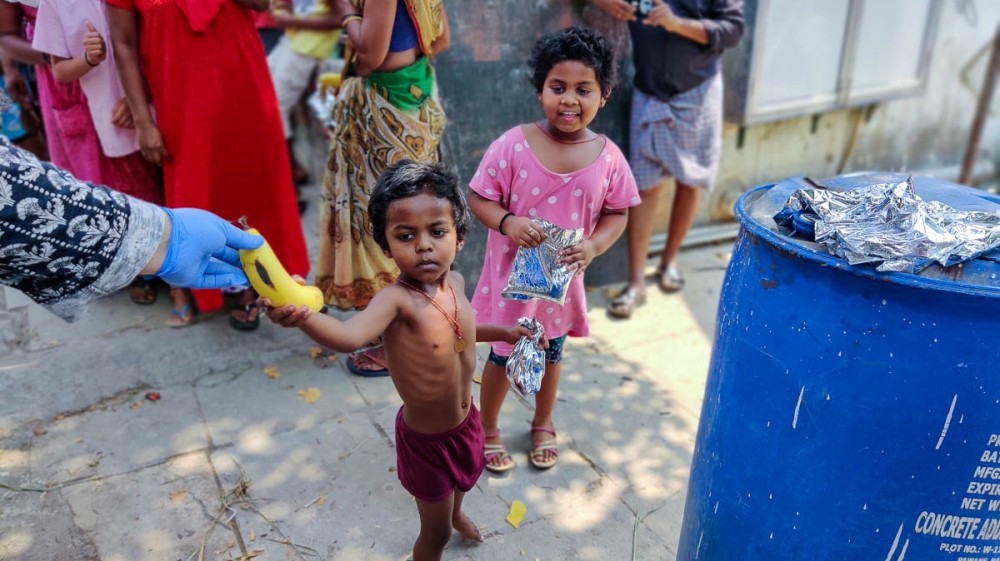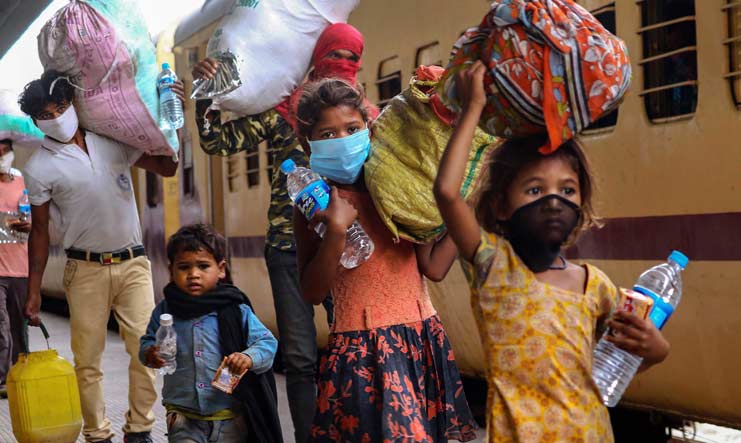Around this time, last year, we witnessed the beginning of the colloquial unprecedented times. Economies crashed, many lost their livelihood, while many others lost their loved ones. However, those in the eye of the storm and its silent victims were children. Children of all ages, nationalities, and socioeconomic backgrounds were gravely affected. For some, the impact can even be lifelong. While, 2021 must be dedicated to safely reopening schools, returning their spaces of play, and rebuilding their lost childhoods, let’s recapture the year gone by, the year that brought the pandemic of child rights violations.
The onset of the pandemic resulted in an immediate and indefinite halt to millions of children’s education. With 1.5 million schools closing down, 286 million school children in India were affected. The Central and State Governments stepped in soon with the launch of digital and non-digital initiatives to help continue learning at home. However, with a quarter of Indian households (24%) not having access to the internet and a large rural-urban and gender divide, these efforts failed to bring the desired outcome.
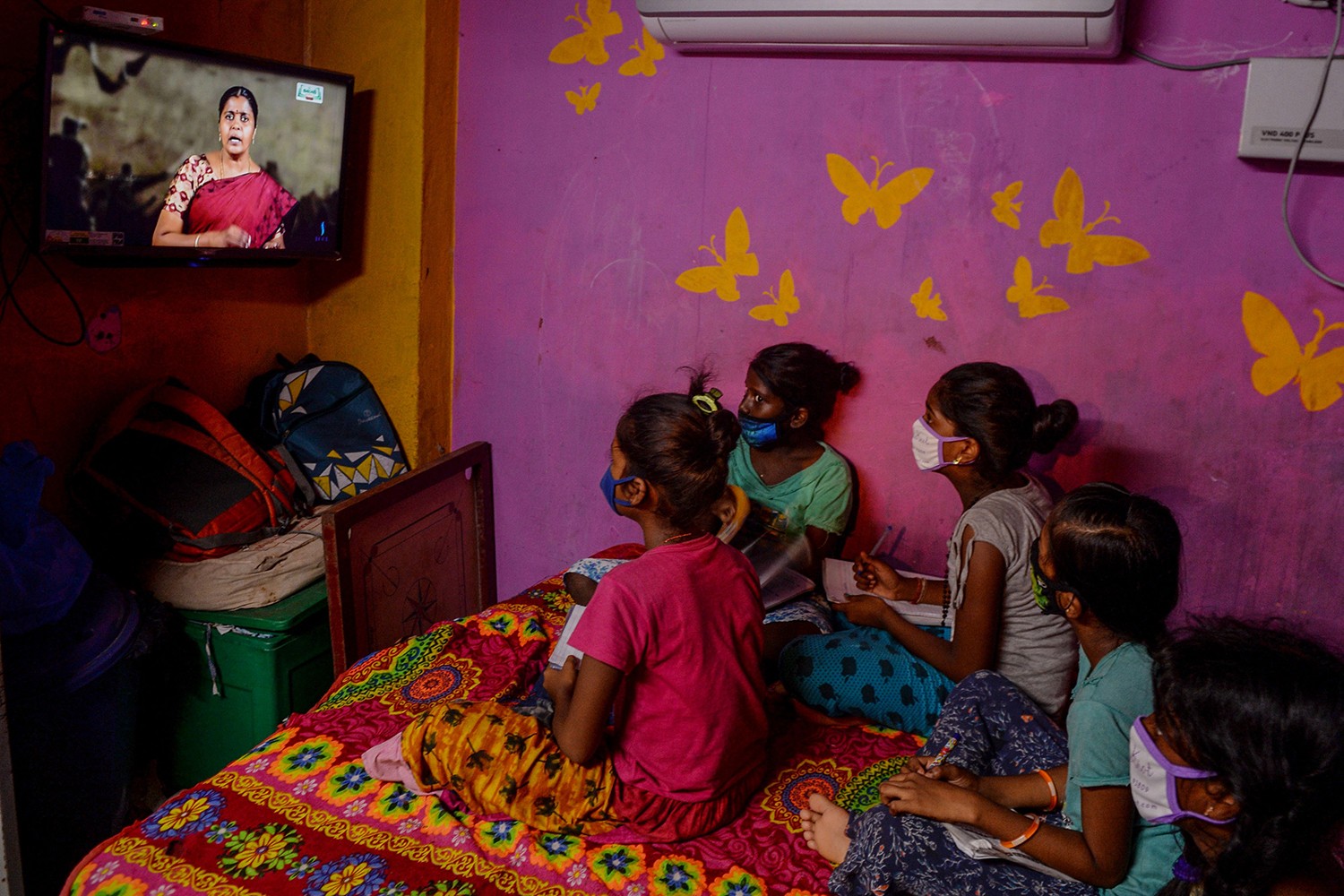
At least 1 in 3 schoolchildren were unable to access remote learning after the pandemic shuttered their schools indefinitely. The world witnessed a global education emergency with nearly 463 million children facing indeterminate disruption of their education.

Online schooling helped a sizeable number of urban school children continue their education, but with new solutions came new problems. While online sexual exploitation, harmful content, misinformation and cyberbullying all threatened children’s rights, safety and mental wellbeing well before the pandemic, the incessant use of technology increased the risks and exposure. School closures, physical distancing, and increased strain on already vulnerable families disrupted and reduced some of the protective measures available to children.
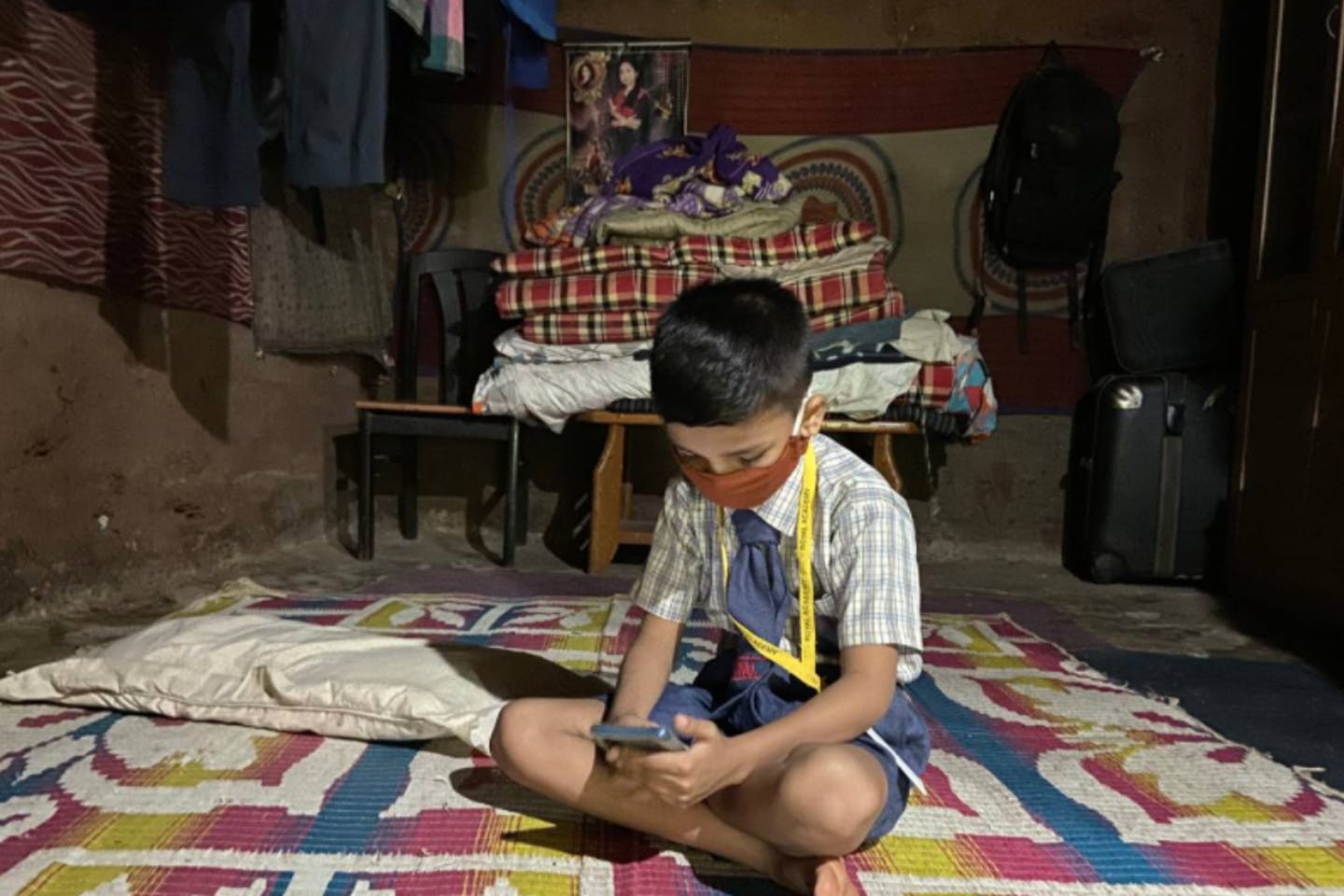
The economic shock, school closures, and interrupted services during the pandemic resulted in an increased risk of child marriages taking place. Such is the impact of economic insecurity and lack of education that up to 10 million more girls could be at the risk of becoming child brides, over the next decade, because of Covid-19.
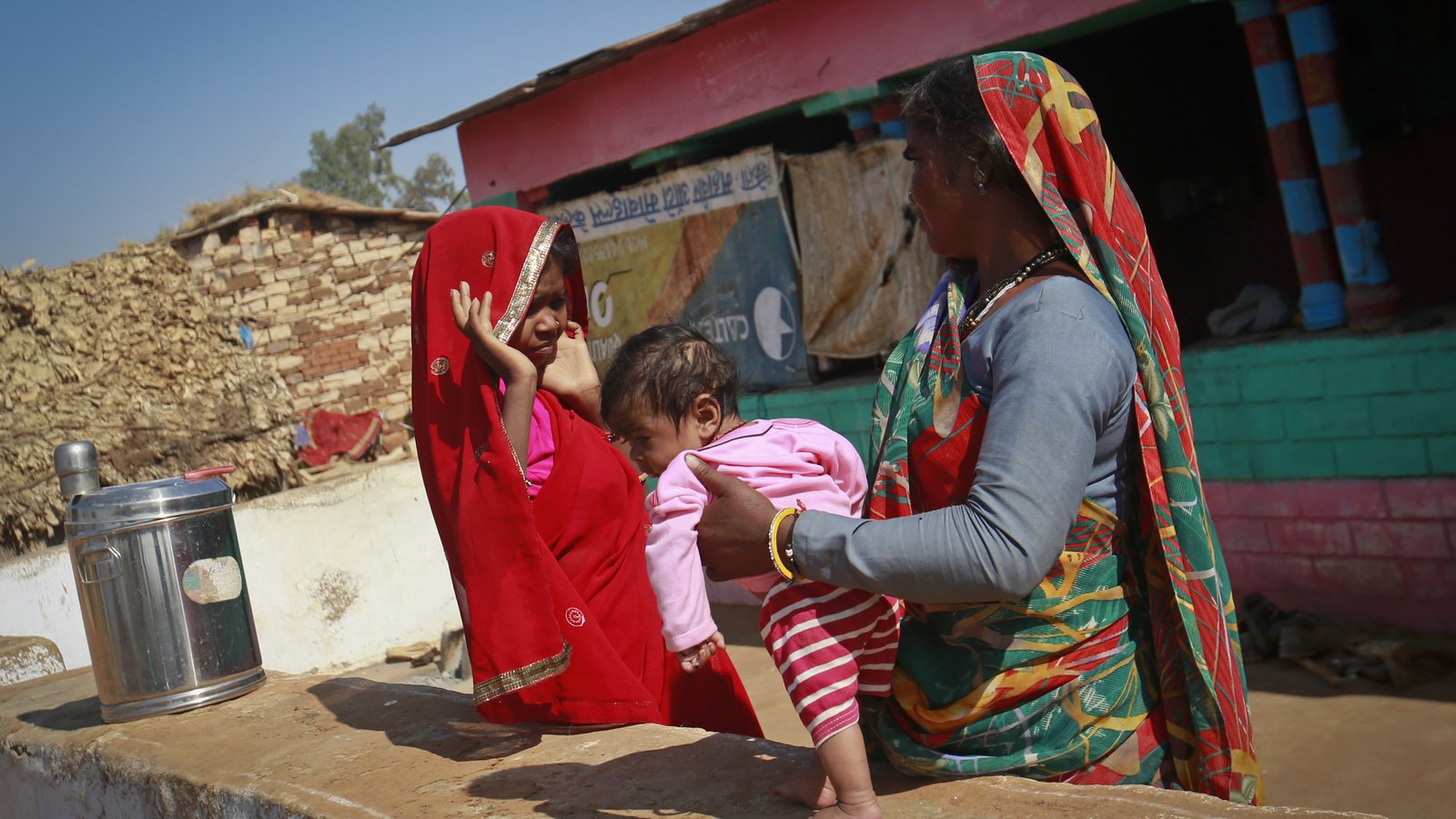
India’s children saw a pandemic of malnourishment. First, the lockdown interrupted crucial government schemes, which earlier benefitted millions of mothers and children. Second, Anganwadi workers were deployed in large numbers to monitor the Covid-19 situation and create awareness on how to prevent it. With them not having completely returned to their original jobs, yet, government-sponsored child-care centres in rural areas remain non-functional, to date.
